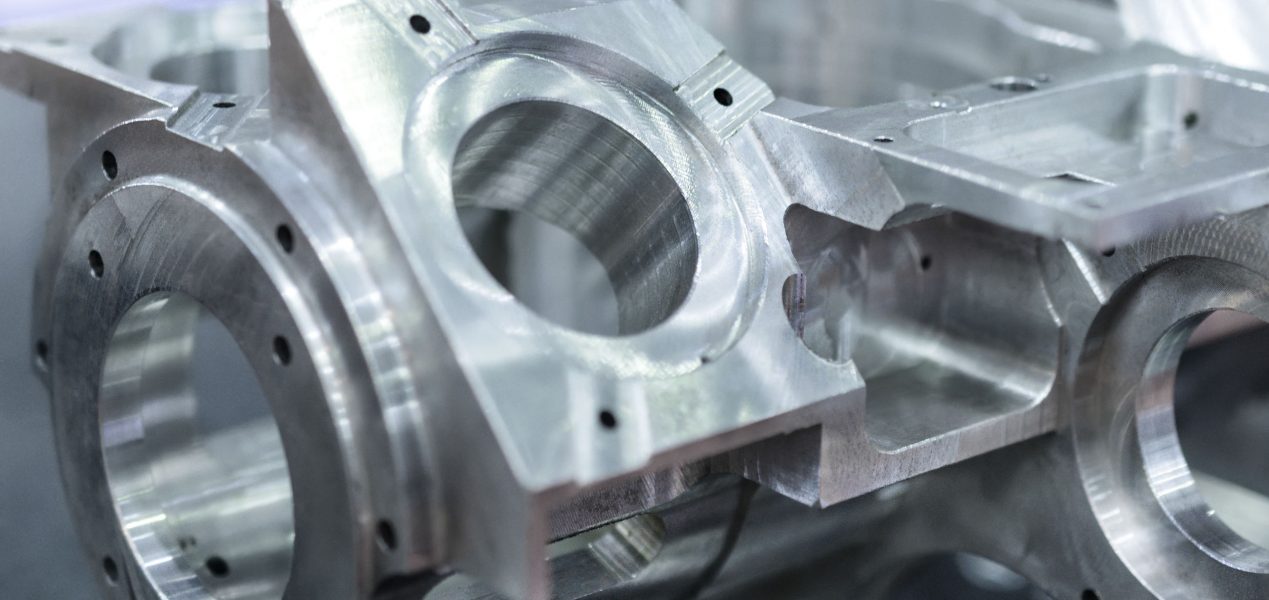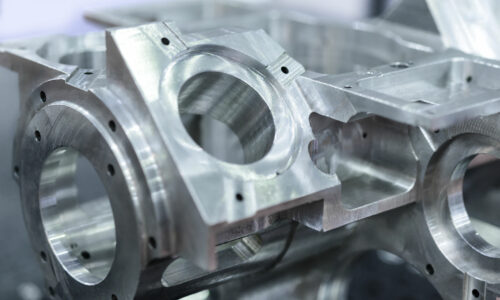Aluminium is one of the most efficient and sustainable metals. It can be used in practically any weather conditions, it has all the required characteristics for a good thermal insulator, it saves energy, and is completely recyclable.
Thanks to the innovation of production processes, at the start of the 20s, the price of aluminium dropped by 80%, leading to its popularisation in all types of structural, mechanical, and decorative applications: doors, windows, sliders, roofs, latticework, balustrades, and so much more.
But not only engineering and the decorative arts adopted aluminium so quickly, the food, cosmetics, and pharmaceutical industries also recognised the benefits of this metal, creating tins, bottles, tubes, and high-precision tools.
Today, thanks to its malleability, insulation capacity, and almost infinite recyclability, aluminium use shows a stable growth trend of 6% annually.
One of the most appreciated properties of aluminium in many applications is its particular and characteristic brightness. To achieve the shiny and specific surface of aluminium, there is no better solution than Chemical Brightening, one of the pre-treatments for anodised aluminium, normally in combination with prior mechanical polishing to ensure the metal reaches the highest degree of brightness.
What is the difference from other brighteners?
No other brightening process produces a similar brightness. The aesthetic appearance of aluminium is particularly important to industries that require aesthetics with luxury finishes, such as the perfume or high cosmetics markets. Another industry that seeks the most exquisite aluminium finishes is interior decorating, aluminium profiles, as well as industrial designers who use this material in new car models or lamps of all types.
The secret is in the combined effect of the chemical products that comprise the solution: the sharpest edges are softened thanks to controlled dissolution, and valleys or fissures are not affected, meaning their size and depth are not increased, resulting in a smooth surface that scatters light in a characteristic manner, far different from the simple mechanical polishing that produces smoothening through friction, thus filling in fissures with the metal itself.
What aluminium is best suited to our solution?
Alloys from the 6000 and 5000 series are particularly suited to this type of treatment, as used in applications that require everything from corrosion resistance to excellent hardness, and strong performance to surface treatments, or an excellent surface finish; applications in which the aluminium plays an aesthetic role in addition to the structural. A leading and bright metal.


